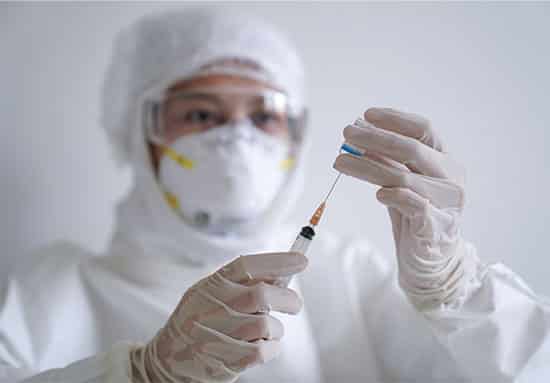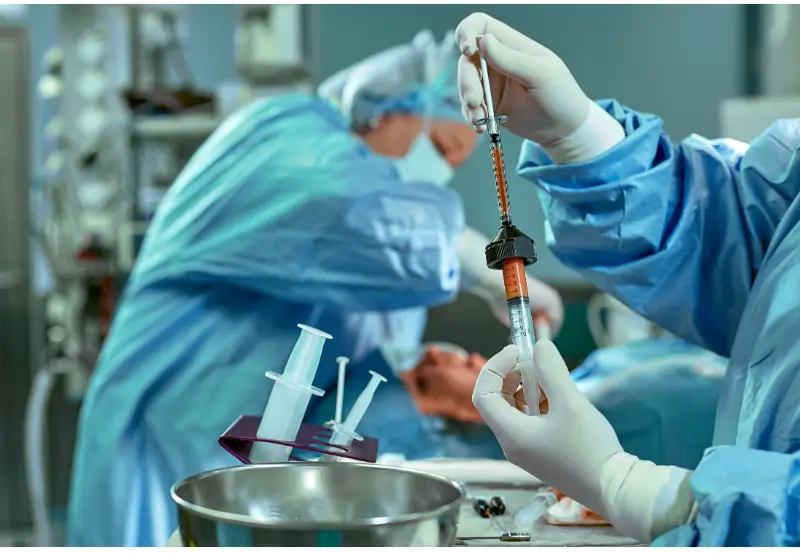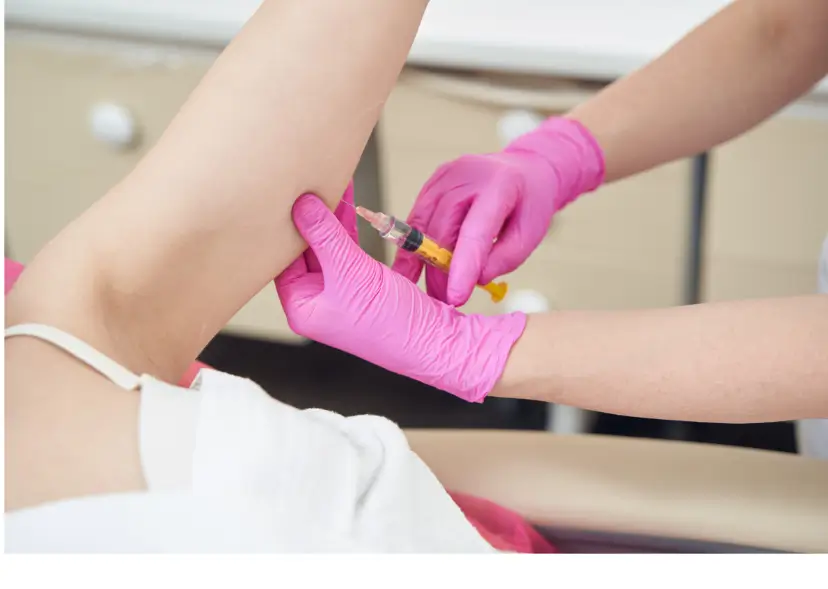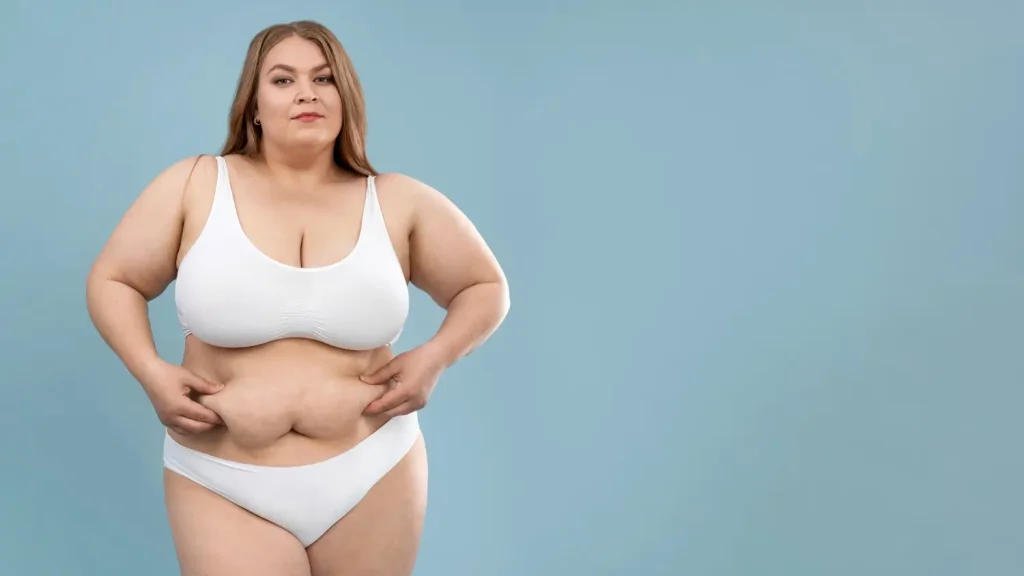The usage of PPE in the workplace has always been practiced by industries with a certain degree of occupational hazard to the workers’ health and safety.
With the advent of Covid-19 and its risk exposures, it has become extremely necessary to use PPE equipment to reduce the likelihood of transmission. The use of PPE is not only for securing one’s safety but for protecting everyone’s welfare by stopping the possible chain of spread.
The usage of Personal Protective Equipment allows us to conduct our operations without putting the health and safety of our employees and customers at risk.
PPE equipment should go hand-in-hand with enforcing other controls in the workplace. Significant changes necessary would be adjusting patients’ flow and accommodation, procurement of sanitizing and cleaning agents and deploying administrative and engineering controls.
What is PPE?
PPE, or Personal Protective Equipment, are clothing apparatuses worn on different sections of the body, designed to protect the wearer from injury, contamination, and exposure to microbes, biological hazards, chemicals, and bodily fluids.
PPE gear varies from one workplace or another, as different occupations are exposed to distinct types of risks. As the world copes with the pandemic, the recommended set of PPE in any workplace should be attuned to combat the risk of infection from Covid-19, on top of its specifications.
Covid-19 is spread through close contact—both direct and indirect—so our best chances lie upon social distancing, quarantine, and the use of this personal safety equipment.
Types of PPE
The complete, standard PPE apparel for Covid-19 as recommended by the WHO and CDC fall under the category below:
Face and Eye Protection
These apparels ensure that the eyes and face do not get infected, contaminated, or exposed to biological spatters, toxic liquids, harmful microbes, and solid particulates.
Face Shields protect the entire facial area with a clear polycarbonate lens that repels moisture.
Safety Goggles enclose the whole area around the eyes with no air leakages to ensure no harmful exposures or impacts can happen.
Respiratory Protection
This safety gear ensures that no viral and bacterial contaminants, air microbes, pathogenic microorganisms or harmful gases can infiltrate the wearer’s respiratory system through the nose and mouth down to the lungs.
KN95 Masks are tight-fitting respirators with four-layers of filtration that effectively filter 95% of all air particulates.
N95 Masks are advanced, four-layered respirator masks that filter 95% of all air particulates. N95 Masks are approved by the US health and safety regulatory standards.
Surgical Masks prevent the wearer from expelling biological liquids, blood splatters, and nasal secretions towards the environment.
Skin and Body Protection
These apparels enclose the skin so that no hazards, exposures, and contaminations can get through to the skin, limbs, and torso.
Medical Coveralls enclose the entire body to protect the head, arms, torso, legs, and feet with a non-woven fabric that is moisture-resistant, anti-static, and flame retardant.
Medical Gloves enclose the hands and protect it against biological hazards, blood spatters.
To maximize the effectiveness of the PPE, proper steps must be followed on how to wear and remove the PPE equipment. It is also important that no two PPE gear gets in the way of the others for best effectivity.
Conclusion
As we navigate towards the new normal, it is the preventive measures that we enforce that will make or break our ability to cope up with the pandemic.
Medical Spa Rx offers a selection personal protective equipment for Covid-19 at a low, affordable cost to equip your businesses with the protection it deserves.
You may browse and choose from our wide selection here.
The usage of PPE in the workplace has always been practiced by industries with a certain degree of occupational hazard to the workers’ health and safety.
With the advent of Covid-19 and its risk exposures, it has become extremely necessary to use PPE equipment to reduce the likelihood of transmission. The use of PPE is not only for securing one’s safety but for protecting everyone’s welfare by stopping the possible chain of spread.
The usage of Personal Protective Equipment allows us to conduct our operations without putting the health and safety of our employees and customers at risk.
PPE equipment, for utmost effectiveness, should be implemented as a policy hand-in-hand with enforcing other controls in the workplace. Significant changes that are necessary, as an example, would be adjusting patients’ flow and accommodation, procurement of sanitizing and cleaning agents, and deploying administrative and engineering controls.
What is PPE?
PPE, or Personal Protective Equipment, are clothing apparatuses worn on different sections of the body, designed to protect the wearer from injury, contamination, and exposure to microbes, biological hazards, chemicals, and bodily fluids.
PPE gear varies from one workplace or another, as different occupations are exposed to distinct types of risks. As the world copes with the pandemic, the recommended set of PPE in any workplace should be attuned to combat the risk of infection from Covid-19, on top of its specifications.
Covid-19 is spread through close contact—both direct and indirect—so our best chances lie upon social distancing, quarantine, and the use of this personal safety equipment.
Types of PPE
The complete, standard PPE apparel for Covid-19 as recommended by the WHO and CDC fall under the category below:
Face and Eye Protection
These apparels ensure that the eyes and face do not get infected, contaminated, or exposed to biological spatters, toxic liquids, harmful microbes, and solid particulates.
Face Shields protect the entire facial area with a clear polycarbonate lens that repels moisture.
Safety Goggles enclose the whole area around the eyes with no air leakages to ensure no harmful exposures or impacts can happen.
Respiratory Protection
This safety gear ensures that no viral and bacterial contaminants, air microbes, pathogenic microorganisms or harmful gases can infiltrate the wearer’s respiratory system through the nose and mouth down to the lungs.
KN95 Masks are tight-fitting respirators with four-layers of filtration that effectively filter 95% of all air particulates.
N95 Masks are advanced, four-layered respirator masks that filter 95% of all air particulates. N95 Masks are approved by the US health and safety regulatory standards.
Surgical Masks prevent the wearer from expelling biological liquids, blood splatters, and nasal secretions towards the environment.
Skin and Body Protection
These apparels enclose the skin so that no hazards, exposures, and contaminations can get through to the skin, limbs, and torso.
Medical Coveralls enclose the entire body to protect the head, arms, torso, legs, and feet with a non-woven fabric that is moisture-resistant, anti-static, and flame retardant.
Medical Gloves enclose the hands and protect it against biological hazards, blood spatters.
To maximize the effectiveness of the PPE, proper steps must be followed on how to wear and remove the PPE equipment. It is also important that no two PPE gear gets in the way of the others for best effectivity.
Conclusion
As we navigate towards the new normal, it is the preventive measures that we enforce that will make or break our ability to cope up with the pandemic.
Medical Spa Rx offers a selection personal protective equipment for Covid-19 at a low, affordable cost to equip your businesses with the protection it deserves.
You may browse and choose from our wide selection including non-ppe products, like Sculptra and other fillers, here.





















